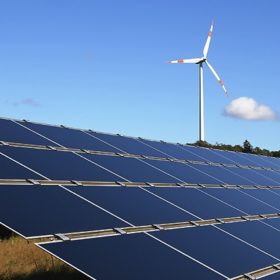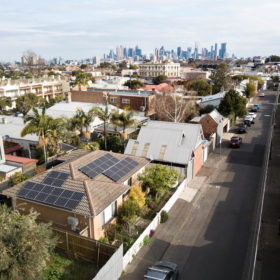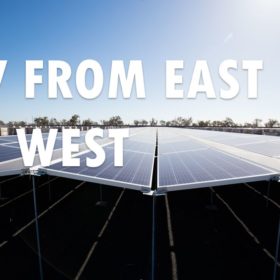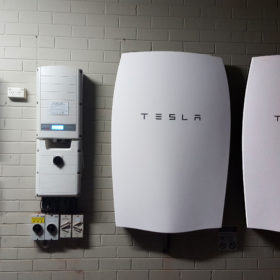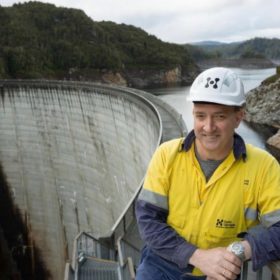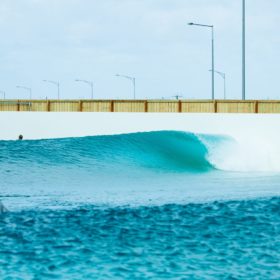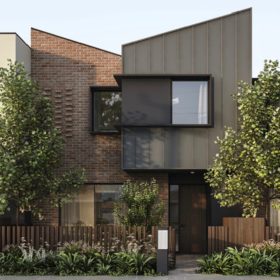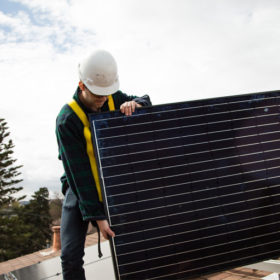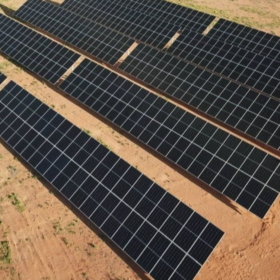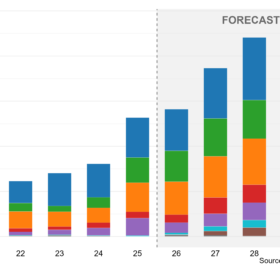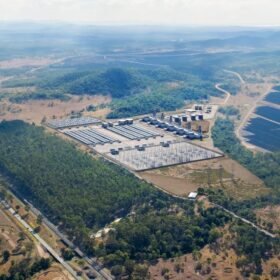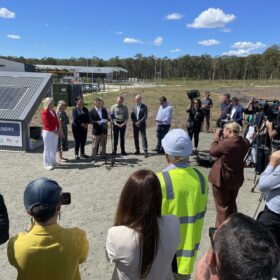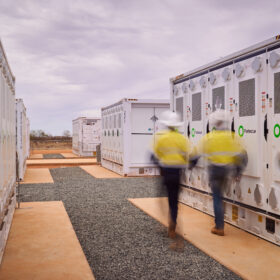City of Melbourne invites second renewable energy tender
A group of Melbourne’s prominent universities and businesses are combining their purchasing power to source their electricity from a large scale renewable energy project in Victoria.
Solar Victoria establishes promised conduit of industry and consumer feedback
As part of the Andrews Government’s compromise with solar industry protestors after the initial dog’s breakfast of a Solar Homes program, Solar Victoria has established the Industry and Consumer Reference Group (ICRG).
Golden by name, Golden by nature, Melbourne family reaps solar rewards
In a classic example of nominative determinism, like Usain Bolt running as fast as a bolt of lightning or Bulgaria’s ill-fated 400m hurdler Vania Stambolova, the Golden family of Clifton Hill take advantage of golden sunlight to power their home.
A guided tour of Australia’s solar and storage market; Part 1: Victoria
Abundant sunshine, favorable policy settings and high power prices have long placed Australia at the cutting edge of rooftop solar uptake. The more recent utility-scale boom has further enhanced its status as a PV leader. Battery adoption, microgrids, EVs and green hydrogen are all taking shape, yet what should be an Aussie smart energy no-brainer continues to be dogged by mounting investment uncertainty and a toxic debate on the national level.
Solar Homes battery rebate expands to another 80 postcodes
The Victorian government has extended its solar battery rebate from the initial 24 to 104 postcodes. Meanwhile, the demand for solar panel rebates has slightly slowed down.
Tasmania firms its ambitions of becoming Battery of the Nation
Hydro Tasmania has released a white paper pushing the island state’s claims to become the Battery of the Nation via upgrades to the Victoria-Tasmania interconnector, an effort to unblock the backlog of solar and wind.
Australia’s first full-sized surf park to pump out renewable waves
Urbnsurf Melbourne, Australia’s first full-sized surf park is set to open in Tullamarine this summer 2019/2020. The project is not only exciting for all those sullen landlocked surfers out there, but because the whole park is set to be renewably powered.
Mirvac set to build net zero energy Melbourne community with ARENA backing
With ARENA’s help, Mirvac is set to trial a net zero energy community of townhouses in the Melbourne suburb of Altona North.
46,000 rooftop PV installs under Victoria’s Solar Homes program
New data on the Victorian government’s Solar Homes program show the demand for rebates for solar panels, solar hot water, solar batteries and no-interest loans has been well spread across the state.
All Energy Australia Day 2
Welcome to Australia’s largest national showcase of renewable energy at the Melbourne Convention and Exhibition Centre. Follow pv magazine live to keep updated on the latest Aussie solar PV and storage developments and trends from this year’s event, as they happen. Stay tuned!
